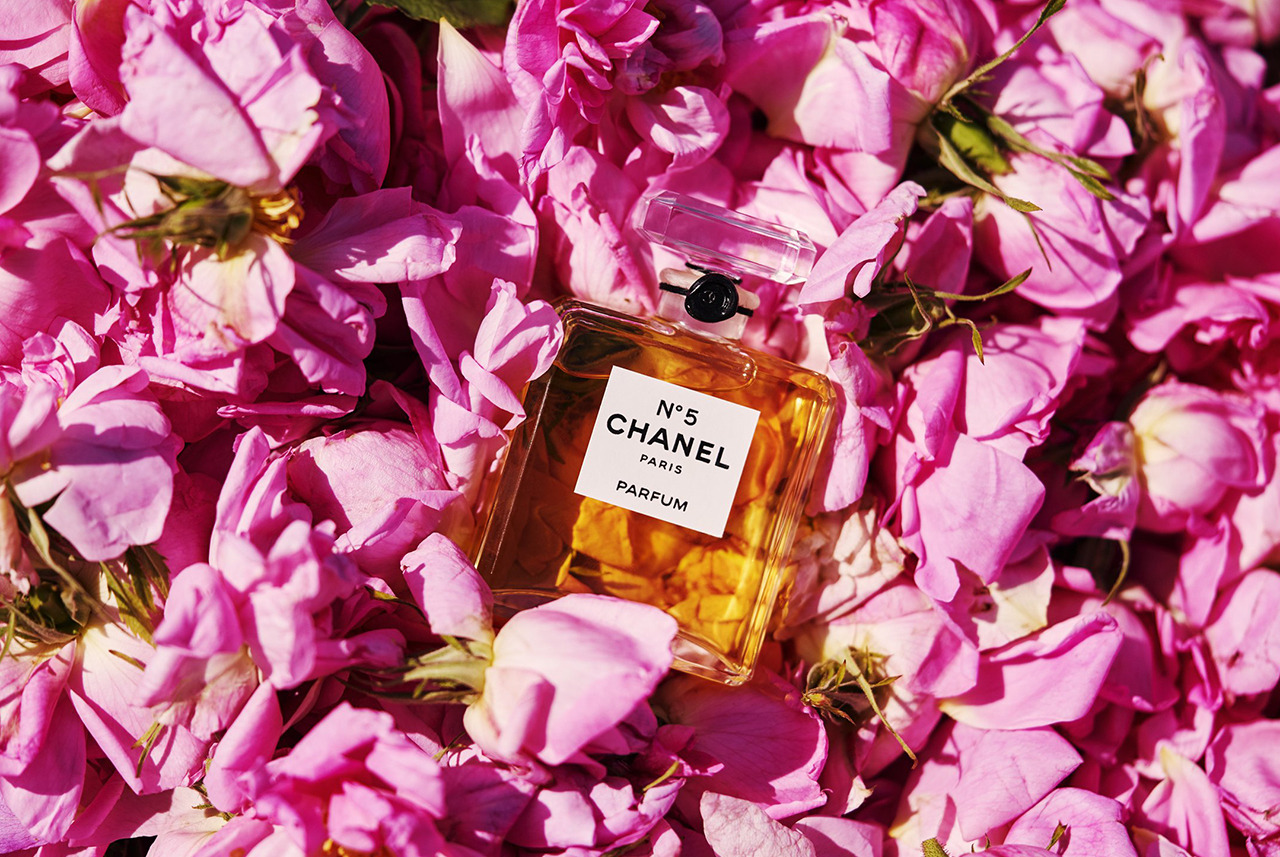
I could never have dreamed of what I got to experience last month, it was so magical and special. I got invited by CHANEL to visit their flower fields in Grasse in the South of France, to discover the harvesting of the rose of May for the legendary N°5 fragrance. I also got to meet Olivier Polge, the perfumer of the house of CHANEL. So if you always have been curious about how fragrances like CHANEL N°5 are made from flowers, read more!
Welcome to Grasse
Grasse, a small town on the French Riviera, in the hills north of Cannes is where it all began. You might have heard from it before, since it’s known as the fragrance capital of the world. The fertile soil of this region provides the ideal conditions for growing high-quality flowers for fragrances. Grasse is, without a doubt, the cradle of French perfumery.
Grasse, CHANEL flower fields
Since 1987
CHANEL has sourced its flowers from Grasse for close to a century, and since 1987, it has been actively contributing to the sustainable farming. On the initiative of Jacques Polge, Perfumer for the House of CHANEL from 1978 to 2014, the House of CHANEL signed the first partnership of its kind at the time with the Mul family, the region’s largest flower producer.
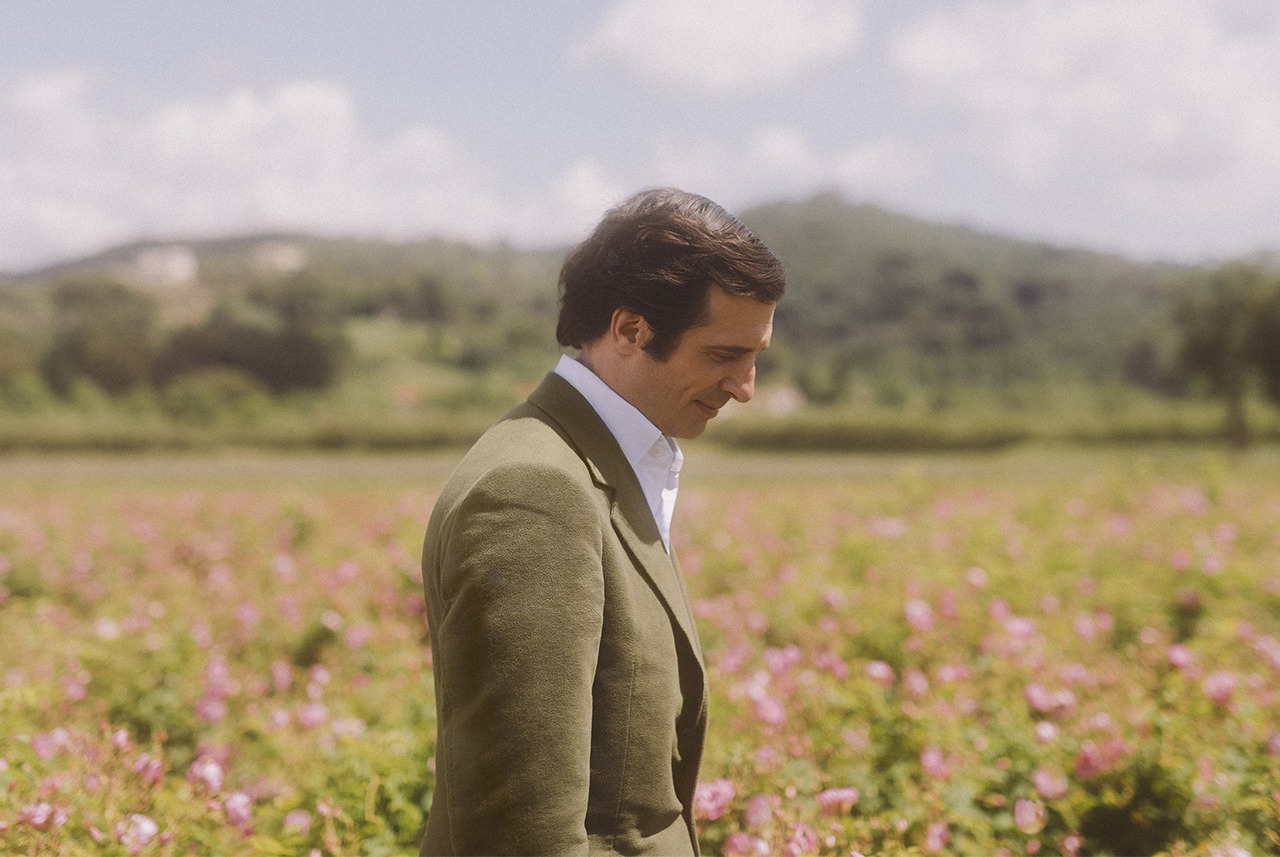
Olivier Polge, Grasse
For five generations, the Mul family has endeavoured to safeguard these centuries-old crops of exceptional flowers for perfume. A legendary heritage that Joseph Mul inherited from his great-grandfather, the control he maintains for the next generation. I have met Joseph Mul during my trip and it’s so wonderful to see how his entire family shares the same passion and is involved in the business.
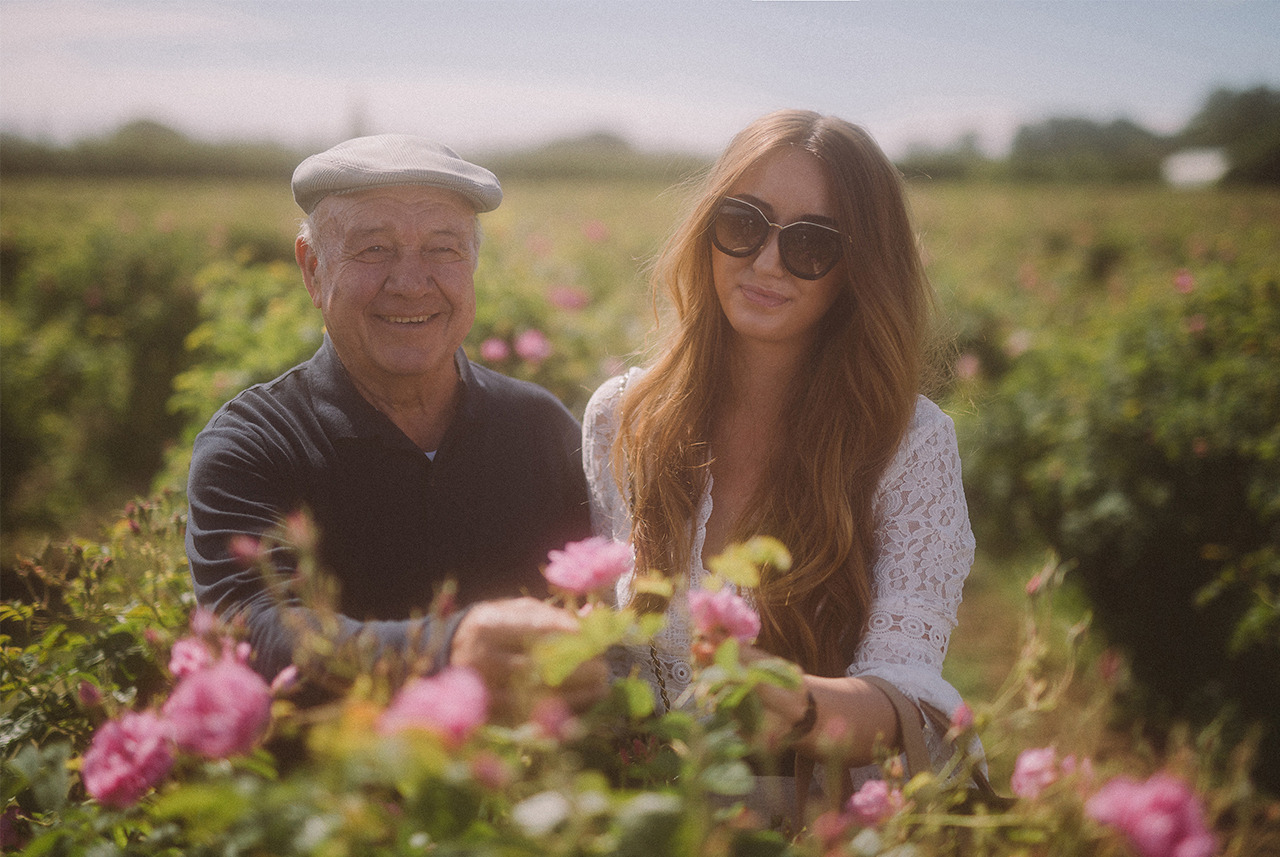
Together with Joseph Mul at the flower fields

Rose of May
From the five precious flowers, we got to experience the full process of harvesting the sweet rose of May to making the abstract for the fragrance. Just like the name says, the rose of May only blooms in May. This means that each morning is a race against the clock to harvest the roses with their delicate petals during this month.
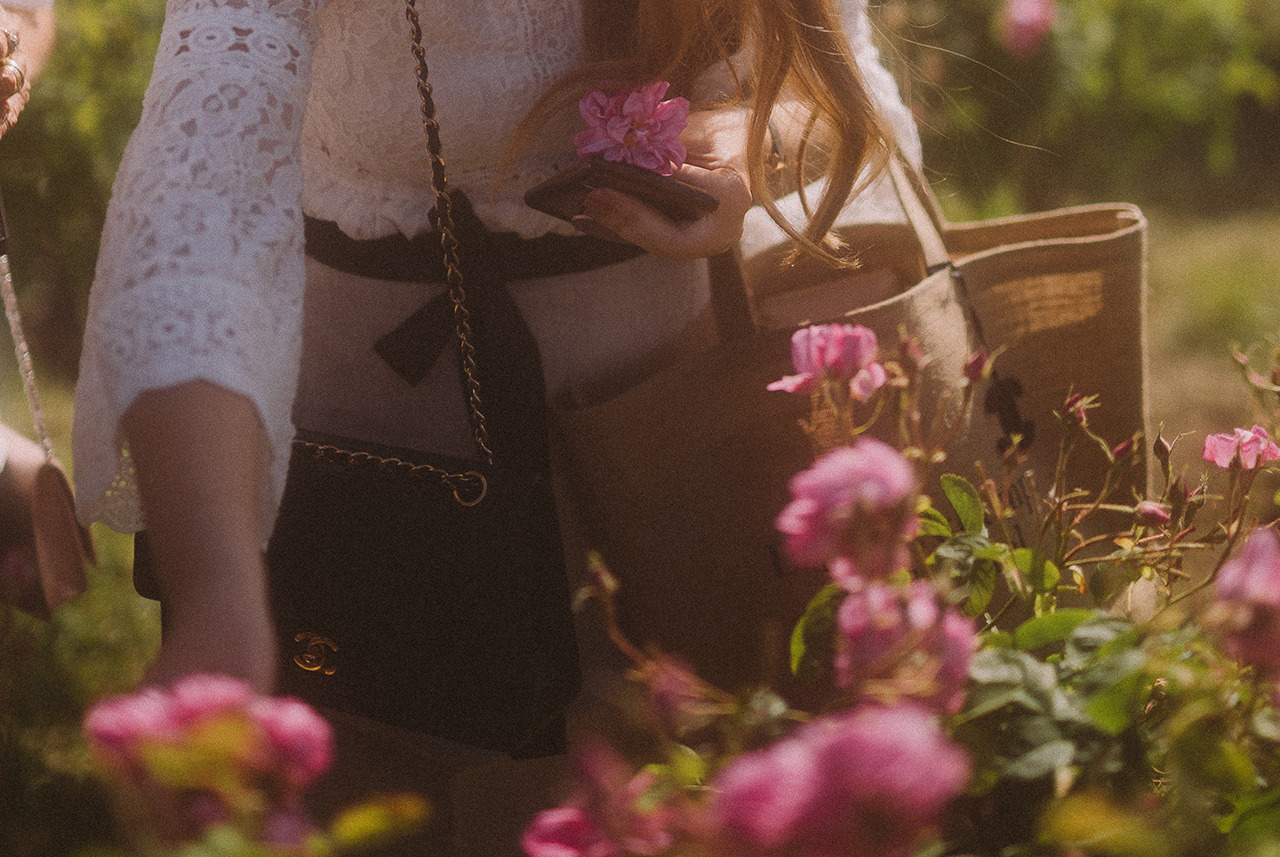
Harvesting the Rose of May

Incredible rose scent
Something that truly surprised me is how they only have a limited time from harvesting the flowers at the fields, to processing it in the factory. I was wondering why and Joseph Mul explained that if they don’t process it in time, it will damage the quality of the fragrance, and your perfume can smell different than you are used to.
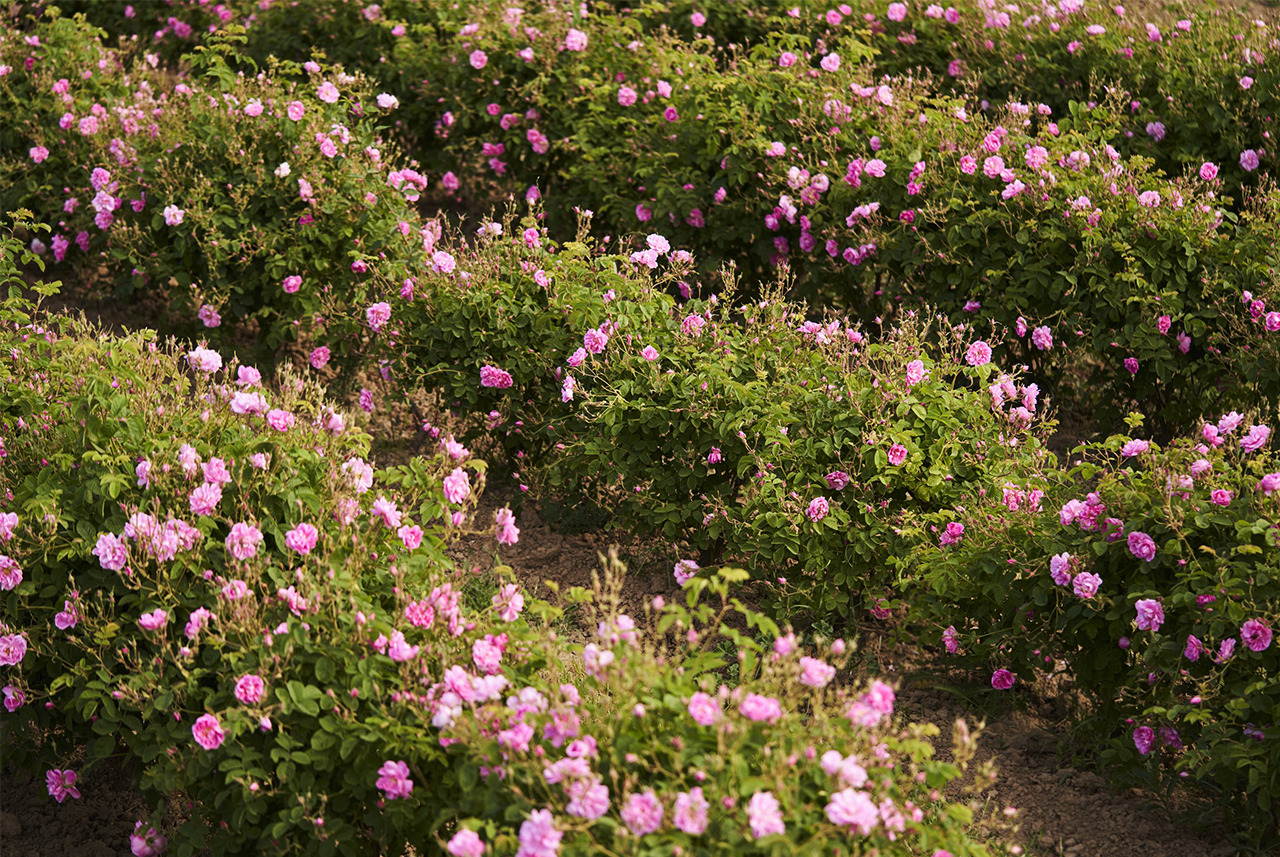
Many many rose bushes
From flower to fragrance
After looking at the pictures, you might be wondering: so how do you make a fragrance from these flowers? You can divide the proces in 5 different steps: harvest, weighing, extraction, concrete and absolute.
Step 1 – Harvest
The first step is for the gatherers to harvest the roses in their big burlap bags. In total 50.000 rosebushes are grown at the fields. Each gatherer picks 5 kg of flowers per hour and 1 kg of roses represents 350 flowers.
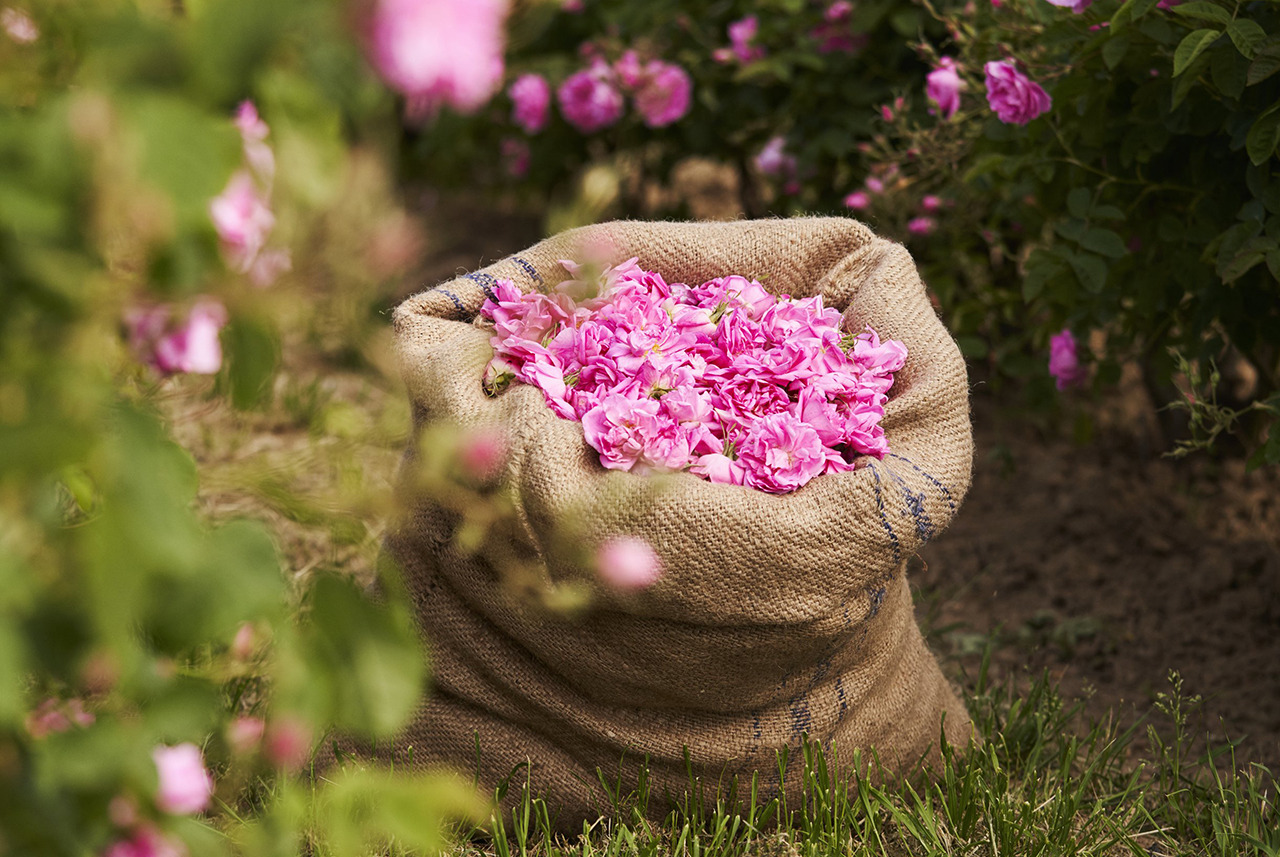
Roses that have been just harvested
Step 2 – Weighing
After the gatherers have harvested the flowers, the race against the clock continues. The bags filled with roses are taken to the nearby extraction plant for weighing and processing before the flowers wilt in the heat.
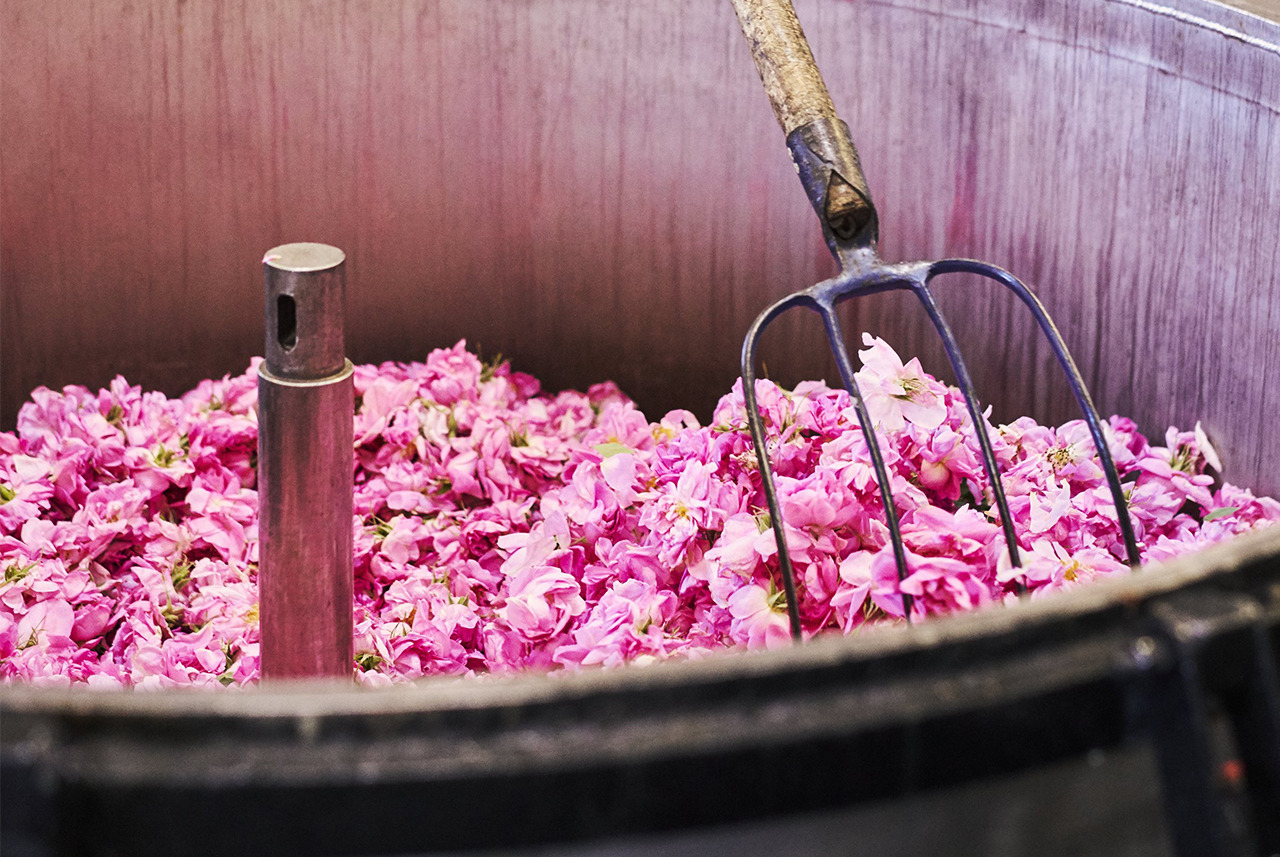
Flowers being poured into the perforated trays
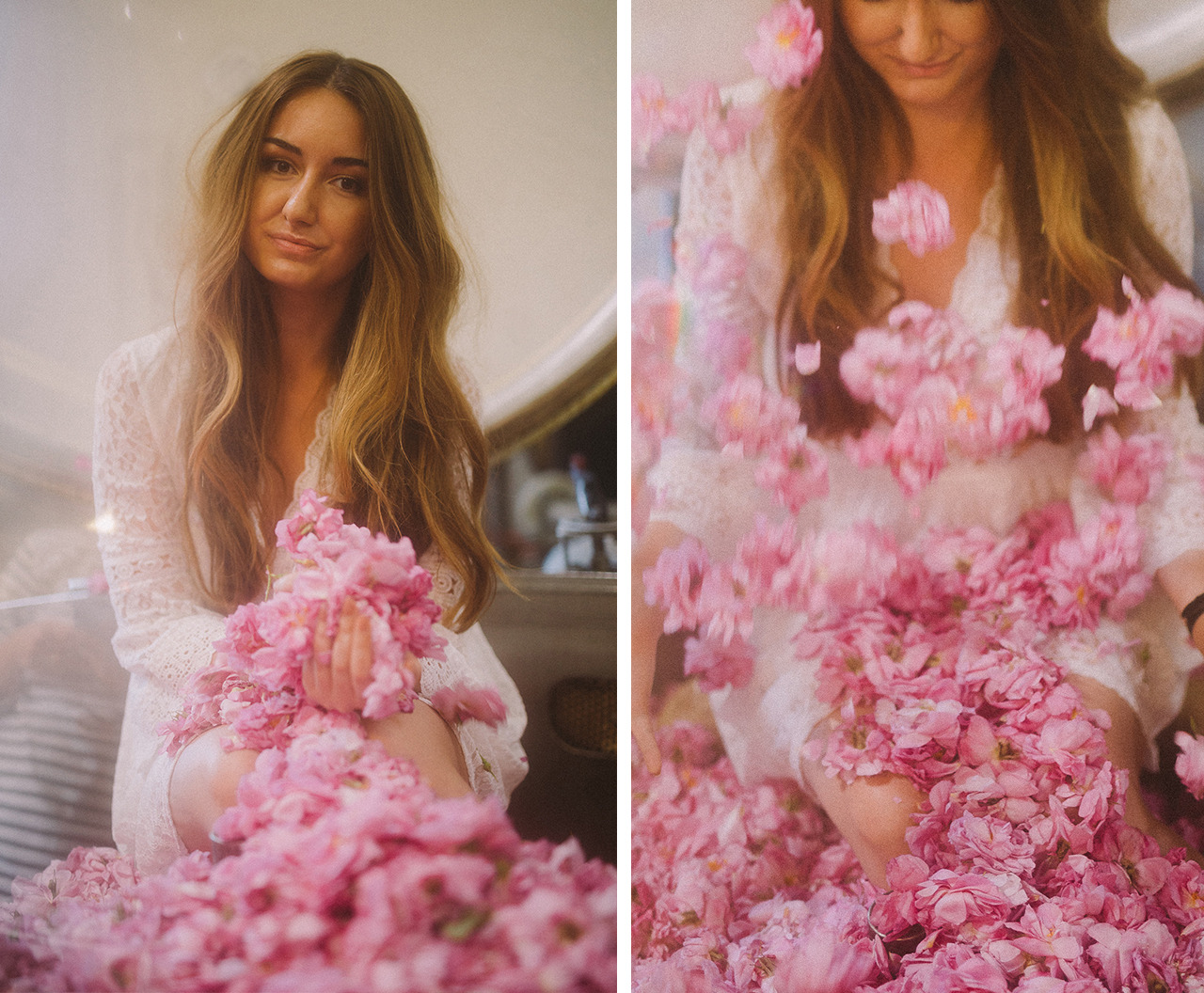
On top of 250kg roses
Step 3 – Extraction
Once the flowers have been weighed, they are poured into five stacked perforated trays. The flowers are given three baths in solvent, gently stirred and then brought to high temperature. The solvent absorbs the odorous components, giving concrete form to the fragrance.

Extracting the scent of the flowers
Step 4 – Concrete
Concrete is the wax obtained after floral extraction using solvents. Each extractor contains 250 kg of flowers. To produce 1 kg of concrete, 400 kg of roses are needed. You can imagine why the concrete is preciously stored like a treasure.

How the concrete looks like from close-up
Step 5 – Absolute
At the request of the CHANEL Perfumer, in this case Olivier Polge, the concrete is transformed into absolute. This is a liquid used in the formulas of the CHANEL N°5 Parfum.
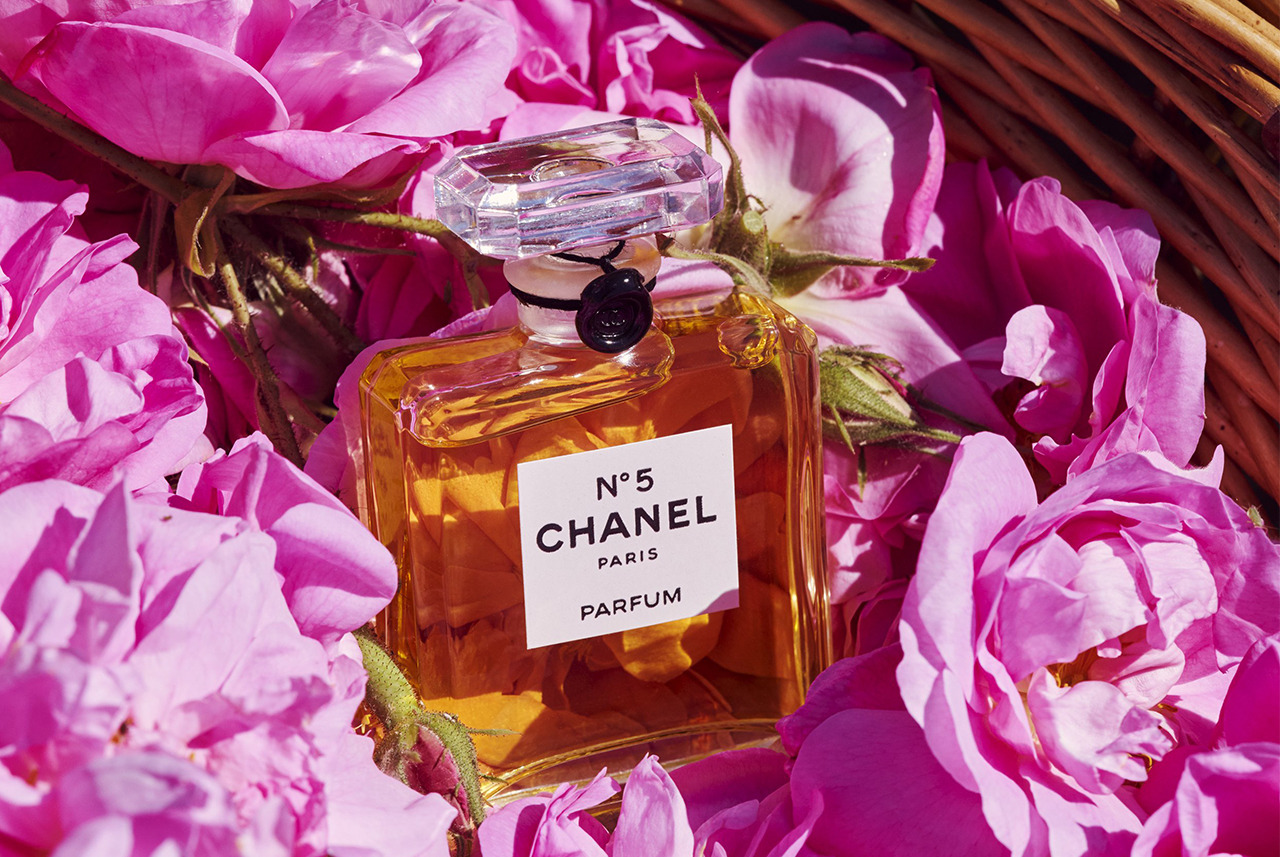
CHANEL N°5 Parfum
Le Baudruchage
Besides harvesting the roses at the flower fields, CHANEL had planned another surprise activity for us. We had the opportunity to learn how to seal our own CHANEL N°5 Parfum bottle. This technique is called: Le Baudruchage. Only a handful of artisans, working within the Chanel studio, know how to perform this precise art. So learning this from a real baudrucheuse is a true honour.
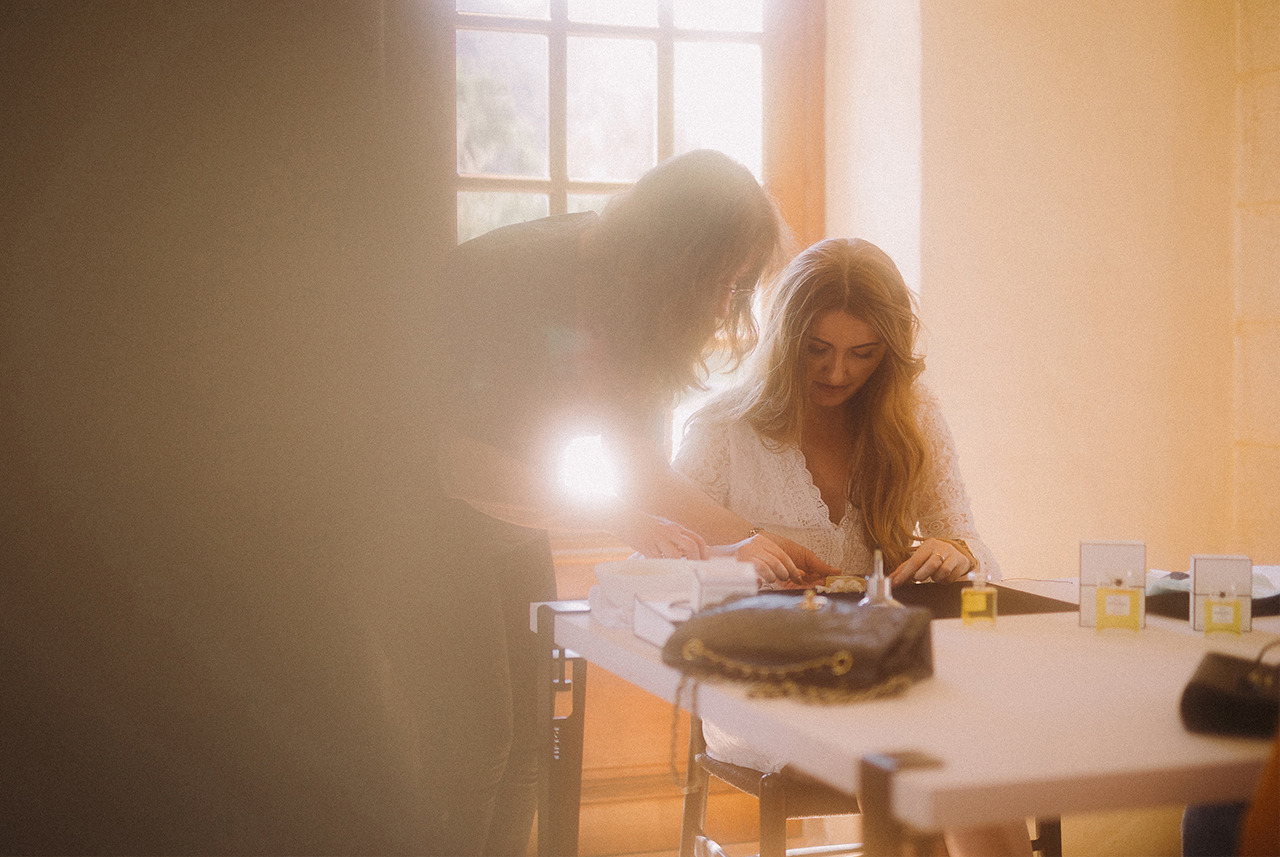
Learning how to seal my own CHANEL N°5 Parfum
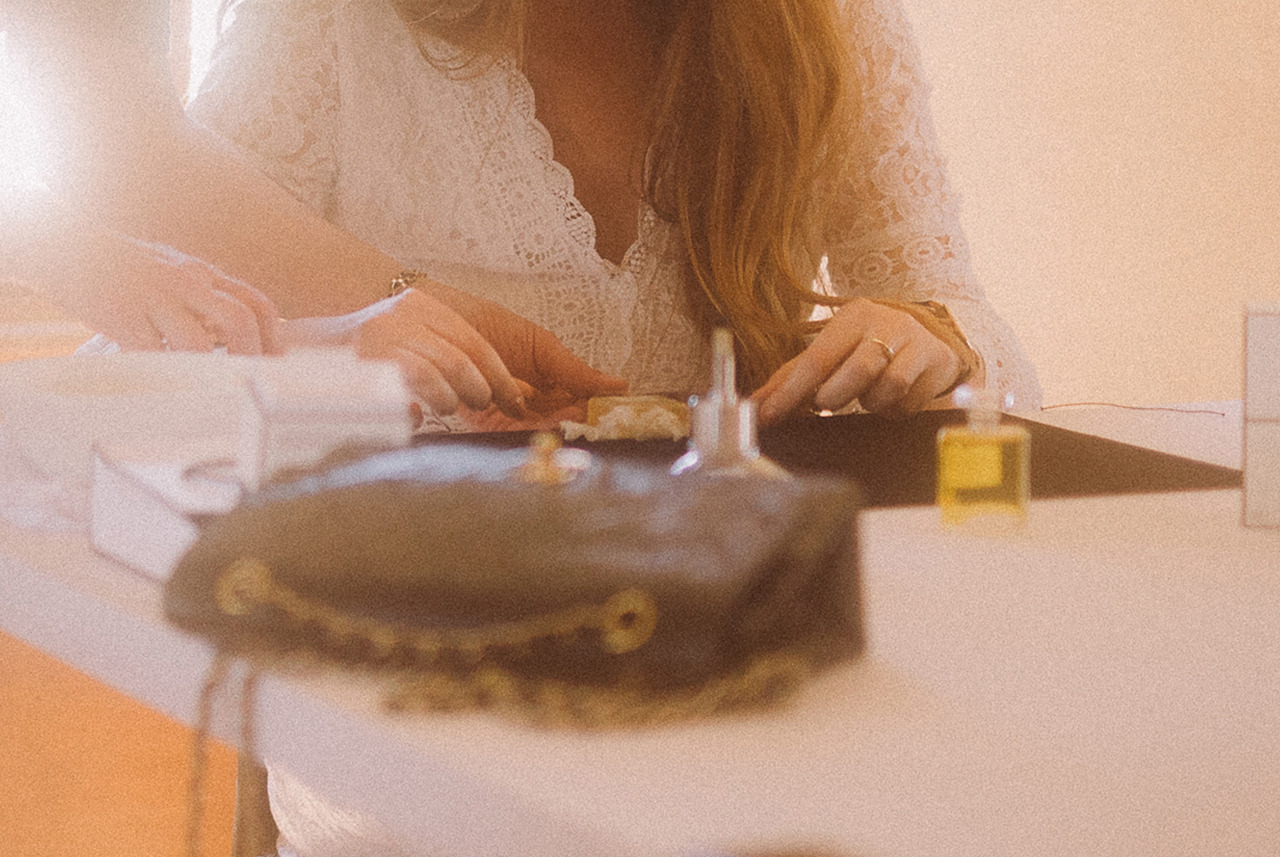
Not as easy as it looks!
It’s absolutely beautiful to witness the process from flower to fragrance in real life. You know how they say that receiving a fragrance is like receiving a bouquet of flowers? I don’t agree, I think it’s more like receiving a field of flowers!

If you are curious to see more behind the scenes pictures and video’s from this trip, you can go to my Instagram page and click on the highlight ‘CHANEL Grasse’.
A big thank you to the CHANEL team for inviting me and giving me this incredible opportunity!


I read somewhere that No 5 was one of the first artificial aldehyde fragrances?